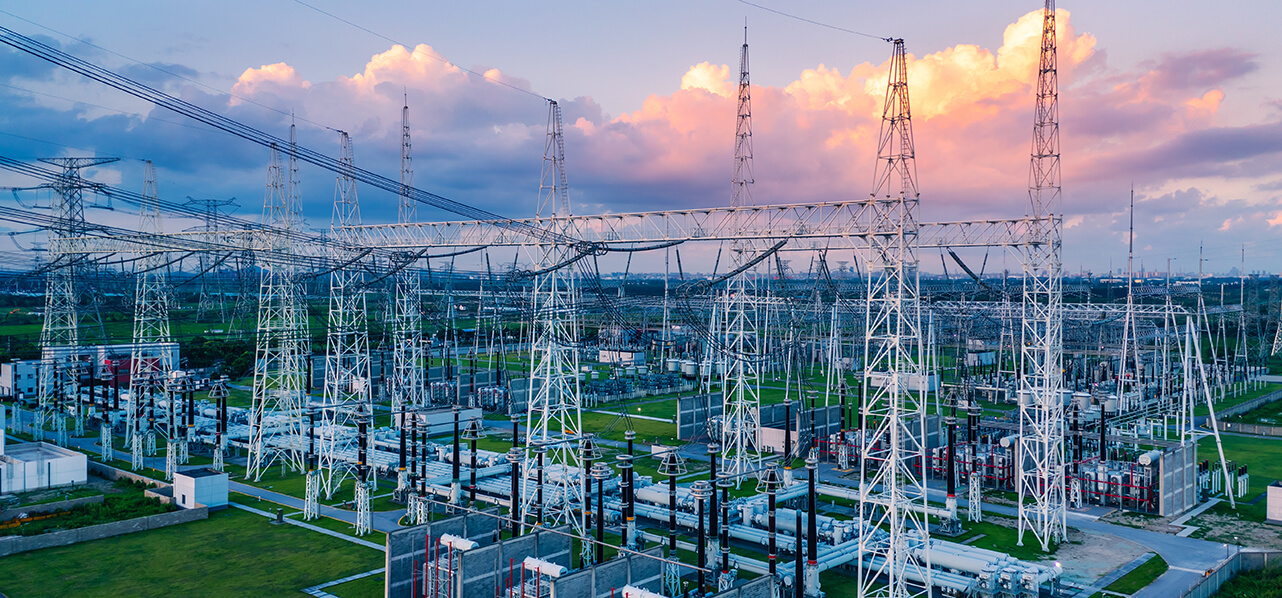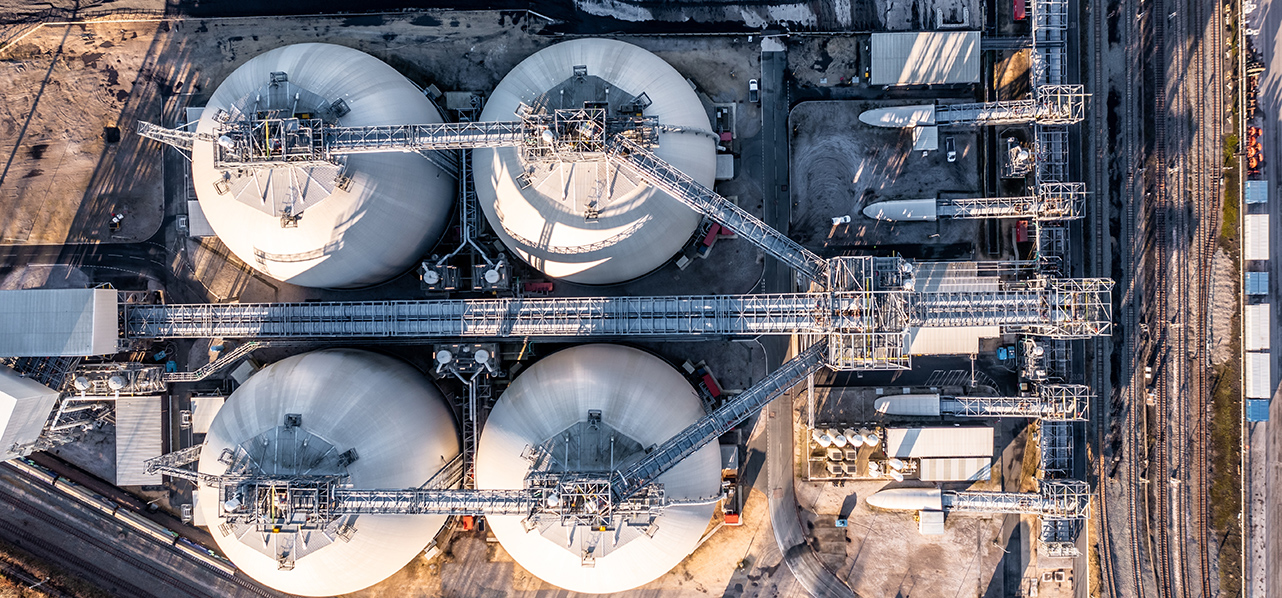We present an overview of the main amendments introduced by the Energy Decree, focussing on the photovoltaic (“PV”) and wind power sectors.
I. Simplifications for the installation of renewable power plants
Extension of the simplified authorisation procedure (PAS) – Legislative Decree 28/2011:
- It is possible to authorise by means of PAS (Article 6, paragraph 9-bis of Legislative Decree 28/2011):
a) Photovoltaic plants up to 20 MW and related high and medium voltage connection works, located in industrial or commercial areas, landfills or landfill lots that have been closed and restored, quarries, and closed quarry lots ineligible for further exploitation which have been officially restored in accordance with regional regulations.
Therefore, it has been clarified that the PAS also applies to connection works as well as medium voltage and high voltage work.
b) Photovoltaic plants up to 10 MW to be located in eligible areas:
(i) pursuant to Article 20 of Legislative Decree 199/2021 (the so-called RED II Decree);
(ii) by Regions; or
(iii) pursuant to the law.
c) Agro-voltaic plants i.e. ground-mounted photovoltaic plants located in agricultural areas eligible for incentives (i.e., plants that adopt innovative integrative solutions related to their assembly) located no more than 3 km away from industrial, commercial and artisanal/craft areas.
Increase to the threshold for the exemption-from-screening procedure for the above-mentioned types of plants by up to 20 MW, provided that:
The proposer attaches a self-declaration document certifying the absence of any landscape, cultural, environmental, hydrogeological and naturalistic constraints on the plant site.
Therefore: (i) the presence of any constraints in the area affected by the connection works is not relevant; and (ii) in case of landscape, cultural and environmental constraints on the area affected by the plant, both a screening procedure and environmental impact assessment procedure will be necessary. However, if the area is considered eligible then legally, the opinion on the landscape constraint will be mandatory, but not binding.
Applicability of PAS to floating photovoltaic PV plants:
- The PAS can be applied to the construction and operation of PV plants with a capacity up to 10 MW, including connection works, which float on the surface of reservoirs and water basins, including reservoirs in disused quarries, and those installed to cover irrigation canals.
- PAS can be applied on condition that the requirements of an environmental impact assessment and the protection of water resources are observed.
- Plants located on water basins falling within areas of significant public interest, protected areas, or Natura 2000 sites cannot be authorised by PAS..
- Within 90 days from theLaw no. 34/2022 entering into force: a decree issued by the Minister of Ecological Transition, in agreement with the Minister of Sustainable Infrastructures and Mobility, and the Minister of Economy and Finance, will set forth the criteria for the inclusion and integration of floating PV plants.
Extension of sworn declaration of commencement of works (DILA) pursuant to Legislative Decree 28/2011:
- The following can be authorised by DILA (Article 5 of Legislative Decree 28/2011):
a) variations to PV plants which determine an increase to the installed capacity and the need for further works without increasing the occupied area (except for archaeological verifications if not previously carried out); and
b) the construction of PV plants with a capacity lower than 1 MW, as well as their related works that are located:
(i) in eligible areas, not subject to landscape or cultural constraints;
(ii) outside of A Zones (i.e. urban areas of historical, artistic or environmental importance); and
(iii) in areas where expropriation procedures are not envisaged.
Extension of sworn declaration of commencement of works (“DILA”) pursuant to Legislative Decree 28/2011:
- The following can be authorised by CIL (Article 7-bis, paragraph 5 of Legislative Decree 28/2011):
a) construction of PV and thermic plants on buildings or on structures and artefacts above ground other than buildings, even if located in Zone A;
b) completion of works connecting the above buildings, structures or artefacts to the electricity grid; and
c) any enhancements or adjustments to the grid outside the areas of the same buildings, structures or artefacts.
In the above cases, no further permits, authorisations or administrative acts of assent are required, including those relating to the environment, with the exception of plants installed in areas or buildings of considerable public interest, for which, in addition to the CIL, it will be necessary to file a ‘no objection declaration’. An exception to this is in cases where the installed roof panels are not visible from external public spaces or panoramic viewpoints, or in the case of roofs whose coverings are made of traditional local materials.
Innovation for wind farms:
- New definition of “wind farm site”:
a) in the case of plants facing a single direction a new plant is built on the same foundations with a maximum deviation of an angle of 20 degrees, using the same length plus a buffer of 20% of the length of the authorised plant, calculated between the axes of the two foremost wind turbines and rounded up; and
b) in the case of plants facing more than one direction the total surface area of the new plant is at most equal to the authorised surface area plus a buffer of 20%; the authorised surface area is defined by the perimeter identified by the line joining, always forming convex angles, the points corresponding to the axes of the foremost authorised wind turbines.
- New definition of “maximum height of wind turbines”:.
These modifications are relevant for the application of CIL to works carried out on wind projects and plants, as well as related works which, regardless of the nominal power resulting from the modifications, are carried out on the same site.
II. Installation of renewable energy plants in areas of industrial use
In industrial areas the installation of PV and thermal solar plants covering a surface area of no more than 60% of a relevant industrial area is allowed. These plants may be installed on specially built supporting structures.
III. Additional new rules for PV plants in agricultural areas
Agri-voltaic systems (eligible forincentives)
- Access to incentives/monitoring systems
Under the new provisions, agro-voltaic plants’ access to various incentives is subject to the simultaneous implementation of monitoring systems (on the basis of guidelines adopted by the Council for Agricultural Research and Analysis of Agricultural Economics (“CREA”) in agreement with the Gestore Servizi Energetici (“GSE”), within 30 days of the entry into force of such provision.
It is worth noting that there is no longer a constraint on the occupation of the plant.
- Prohibition of new plants
The land where agri-voltaic plants are located cannot be subject to requests to construct additional PV plants for a period of ten years from the granting of incentives under Legislative Decree 28/2011.
Floating photovoltaic plants
The prohibition on accessing incentives under Legislative Decree 28/2011, applicable to ground mounted PV plants located in agricultural areas, does not affect floating PV plants.
Conversion and increase of energy efficiency in greenhouse plants
Within 60 days of Law no. 34/2022 becoming effective, the Minister of Ecological Transition, in agreement with the Minister of Agricultural, Food and Forestry Policies and the Minister of Economic Development, will provide a national plan for the conversion of greenhouse plants located in agro-energy sites.
IV. Simplification of identifying eligible areas for renewable plants
Eligible areas
The Energy Decree, amending Article 20 of the RED II Decree, sets out the following rules for identifying eligible areas for the construction of renewable plants:
- for the purposes of identifying eligible areas, priority should be given not only to buildings and car parks, but also to industrial and craft areas for services and logistics use.
- pending the identification of eligible areas, the following areas are considered as eligible areas for the installation of renewable energy plants:
- sites where there are plants powered by the same source and where non-material variations are carried out;
- PV sites where no variation of the occupied area occur or, where variations of the occupied area occur that are within the allowed limits (i.e., 300 metres from industrial zones , 300 metres from areas of artistic or commercial use, including sites of national interest, and quarries and mines), material variations are being carried out in order to renovate, upgrade or completely rebuild the plants, including the implementation of storage systems with a maximum capacity of 3 MWh for each MW of capacity of the PV plant;
- remedied sites identified by the Environmental Code;
- disused quarries and mines which have been recovered or abandoned, or are in a state of environmental degradation; and
- sites and plants at the disposal of the Italian State Railways group companies and railway infrastructure operators, as well as concessionary companies.
For PV plants only, including ground-mounted plants that do not have cultural heritage constraints:
i) areas classified as agricultural that are no more than 300 metres from industrial, craft and commercial areas, including sites of national interest, as well as quarries and mines;
ii) areas within industrial plants and areas classified as agricultural that are no more than 300 metres from the same plant or establishment; and
iii) areas adjacent to motorways within a maximum distance of 150 metres.
Authorisation procedures in eligible areas
The Energy Decree states that the competent authority for landscape matters shall issue a mandatory non-binding opinion in authorisation procedures related to plants located in eligible areas, including on procedures relating to environmental impact assessments. If the deadline for the issuance of the non-binding opinion expires, the competent authority is nonetheless required to decide on the request for authorisation.
Such provision, upon the proposer’s request, is also applicable to proceedings pending as of the date of entry into force of Law no. 34/2022.
Authorisation regime eligible areas
Notwithstanding the provisions of Articles 6, paragraph 9-bis (PAS), 6-bis (DILA) and 7-bis, paragraph 5 (CIL), of Legislative Decree 28/2011, the authorisation for the construction and operation of new, eligible PV plants located in eligible areas, and related works, as well as, provided that no amendments of the area occurred, for the extension, renovation and full reconstruction of existing PV plants and relevant works, are regulated as follows:
a) plants with a maximum capacity of 1 MW can be authorised by DILA;
b) plants with a capacity between 1 MW and 10 MW can be authorised by PAS; and
c) plants with a capacity above 10 MW can be authorised by Single Authorisation.
Such provision, upon the proposer’s request, is also applicable to proceedings pending the date of entry into force of Law no. 34/2022. Furthermore, the authorisation procedure described above also applies, pending the identification of eligible areas, to plants located in areas which are not subject to constraints and which do not fall within areas declared ineligible under regional legislation, for which an authorisation procedure is pending as of the date of publication of the decree.
V. Simplification of authorisation procedures concerning offshore plants
Notable provisions introduced by the Energy Decree include:
a) the authorisation of offshore plants – including connection works – is issued by the Ministry of Ecological Transition in agreement with the Ministry of Sustainable Infrastructures and Mobility, after input from the Ministry of Agricultural, Food and Forestry Policies for aspects related to sea fishing activities. Such authorisation is issued in a single procedure; including the issuance of the concession for maritime state property use;
b) the authorisation of hydroelectric storage plants is issued by the Ministry of Ecological Transition, after input from the Ministry of Sustainable Infrastructures and Mobility and in agreement with the interested region, in a single procedure.
VI. Self-consumption of renewable energy
Under the Energy Decree, a plant operator can produce and store renewable electricity for its own consumption (and become a “self-consumer”) by means of one or more renewable energy production plants located in buildings or sites other than those where the self-consumer operates, provided that such buildings or sites are at the self-consumer’s disposal. In these cases:
a) the plant may be connected to the final customer by a direct connection that does not exceed 10 km, and which shall be not connected to users other than those of the production unit and the consumption unit. The direct connection cable between the production plant and the consumption unit, if underground, is authorised in the same way as the production plant. The self-consumer plant may be owned or operated by a third party under certain conditions; and
b) the self-consumer may use the existing distribution grid to share the energy produced by the renewable energy plants and consume it at the collection points owned by the self-consumer itself.
VII. GSE/PPA
According to the Energy Decree, the GSE offers a pickup and purchase service for electricity from renewable sources produced by plants located within the national territory, by entering into long-term contracts of a minimum of three years.
Within 90 days from the conversion law coming into force, the Minister of Ecological Transition shall establish:
a) the sale price proposed by the GSE;
b) the methods of transfer; and
c) the methods by which the GSE shall sell energy, with priority for energy-intensive end customers, focussing on Sicily and Sardinia




